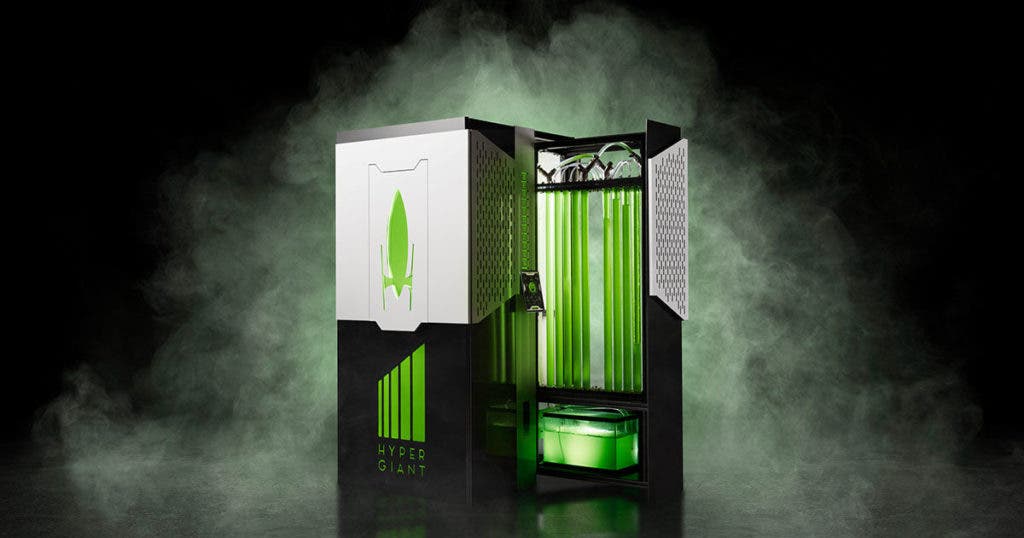
Tackling our current climate emergency requires not only an immediate transition towards 100% renewable energy but also strategic mitigation of some of the CO2 in the atmosphere. Yes, ‘plant more trees‘ is part of the solution but it’s not enough, which is why some research groups are looking into alternative carbon-capturing methods.
One exciting new proposal involves an algae bioreactor that can capture and sequester as much carbon as an acre of trees, occupying just a fraction of this surface area.
The 1.7-cubic-meter (63-cubic-foot) prototype, known the Eos Bioreactor, was developed by a startup called Hypergiant Industries.
Algae convert carbon dioxide from the atmosphere, power plants or steel processing exhaust into algae oil. This can then be used as food as a rich source of protein or to produce valuable goods like carbon fiber, a lightweight, high-strength material.
“This device is one of our first efforts focused on fixing the planet we are on,” said Hypergiant CEO Ben Lamm in a statement. “We hope to inspire and collaborate with others on a similar mission.”
A study performed recently by Swiss researchers at ETH Zurich found that there’s enough room in the world left for planting roughly one trillion trees. If allowed to mature, these extra forests would store 205 gigatons of carbon, roughly equal to two-thirds of all the carbon humans have added to the atmosphere since the Industrial Age. This would bring down heat-trapping greenhouse gases to levels not seen for nearly 100 years.
Planting these many trees, however, is a massive undertaking. Realistically, we’re only going to manage to plant a fraction of this magic trillion. This is why devices such as this bioreactor — which has a CO2 absorption equivalent to 400 trees — is so valuable.
According to Futurism, the company plans on making the blueprint for the bioreactor open source so that developers and engineers from all over the world can propose improvements to the design.









